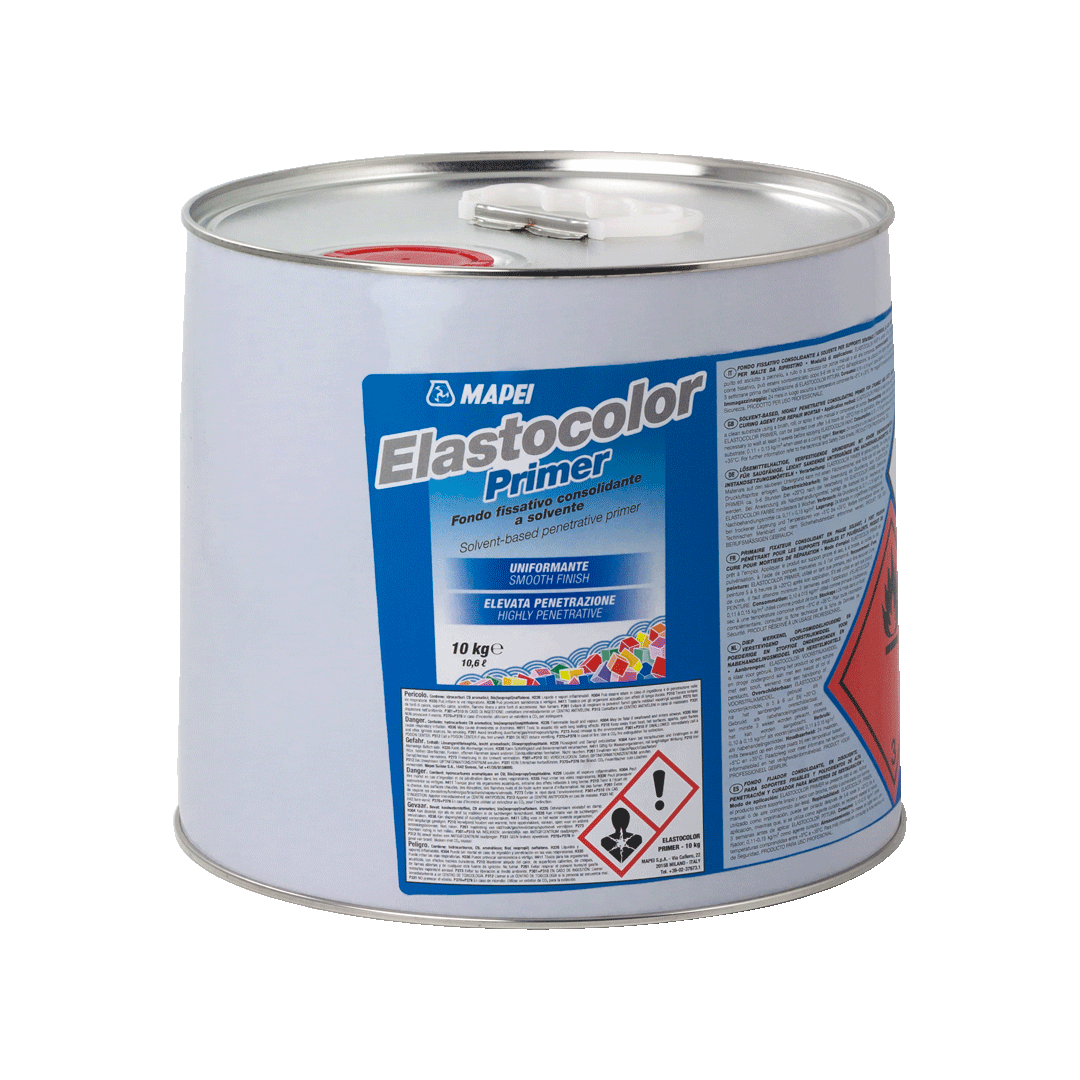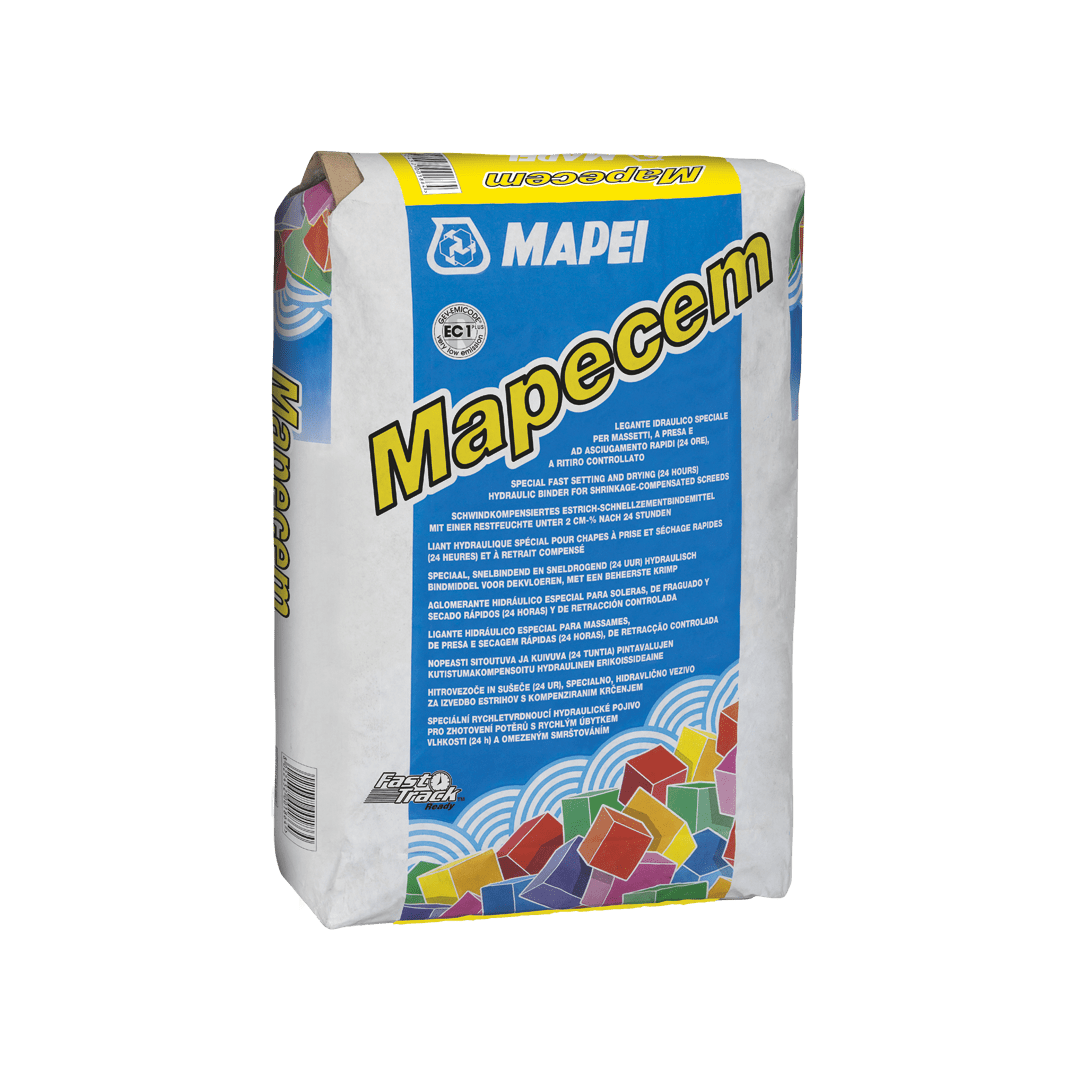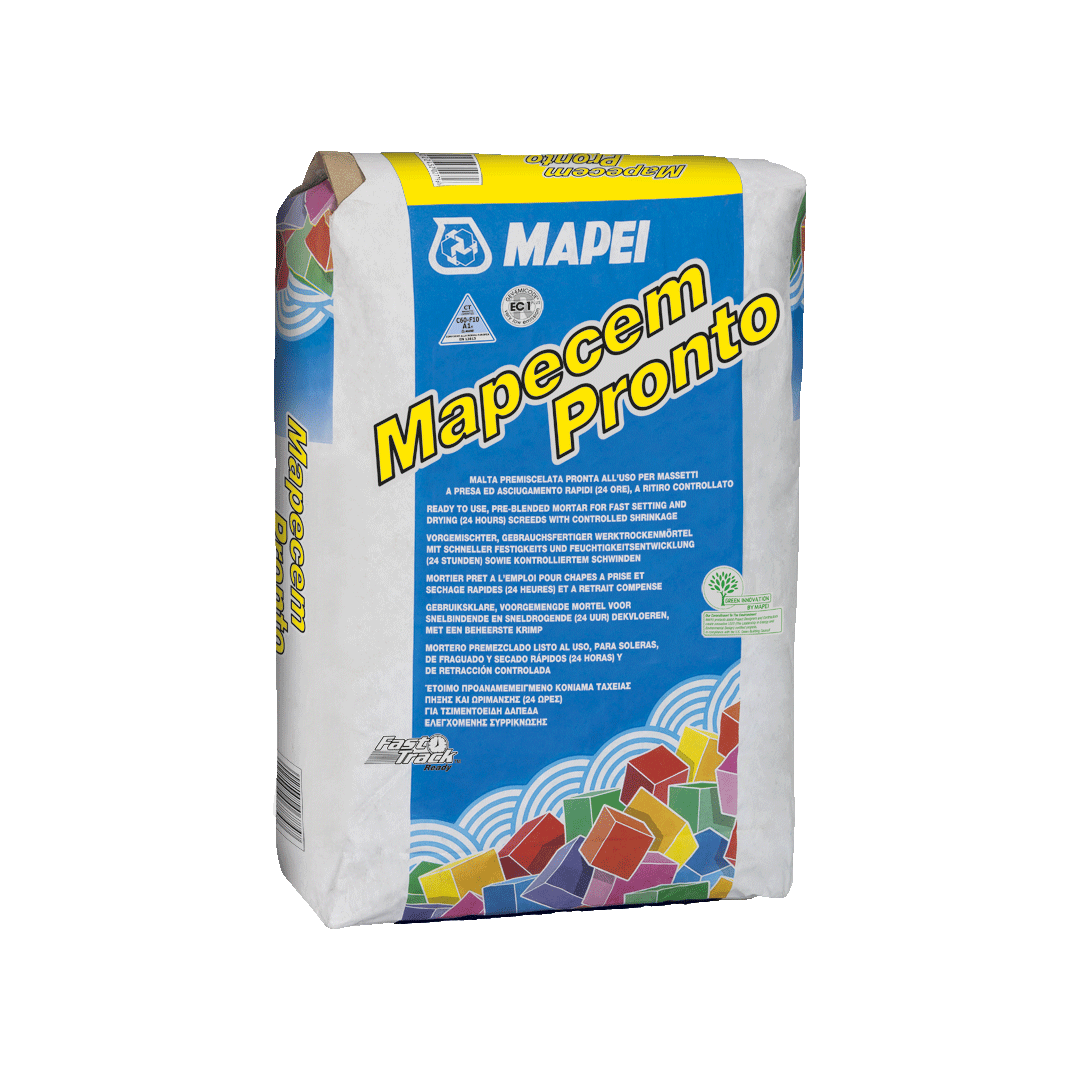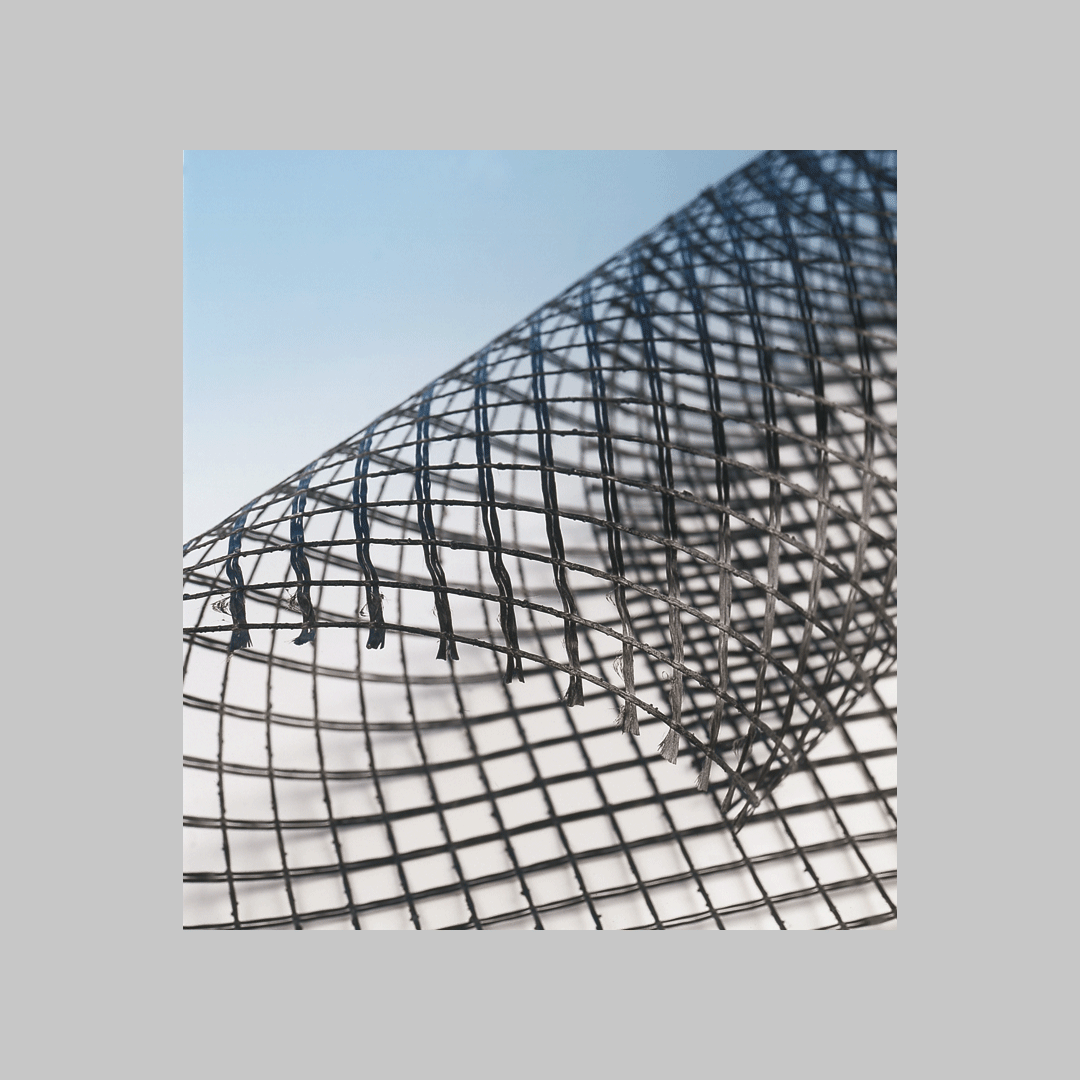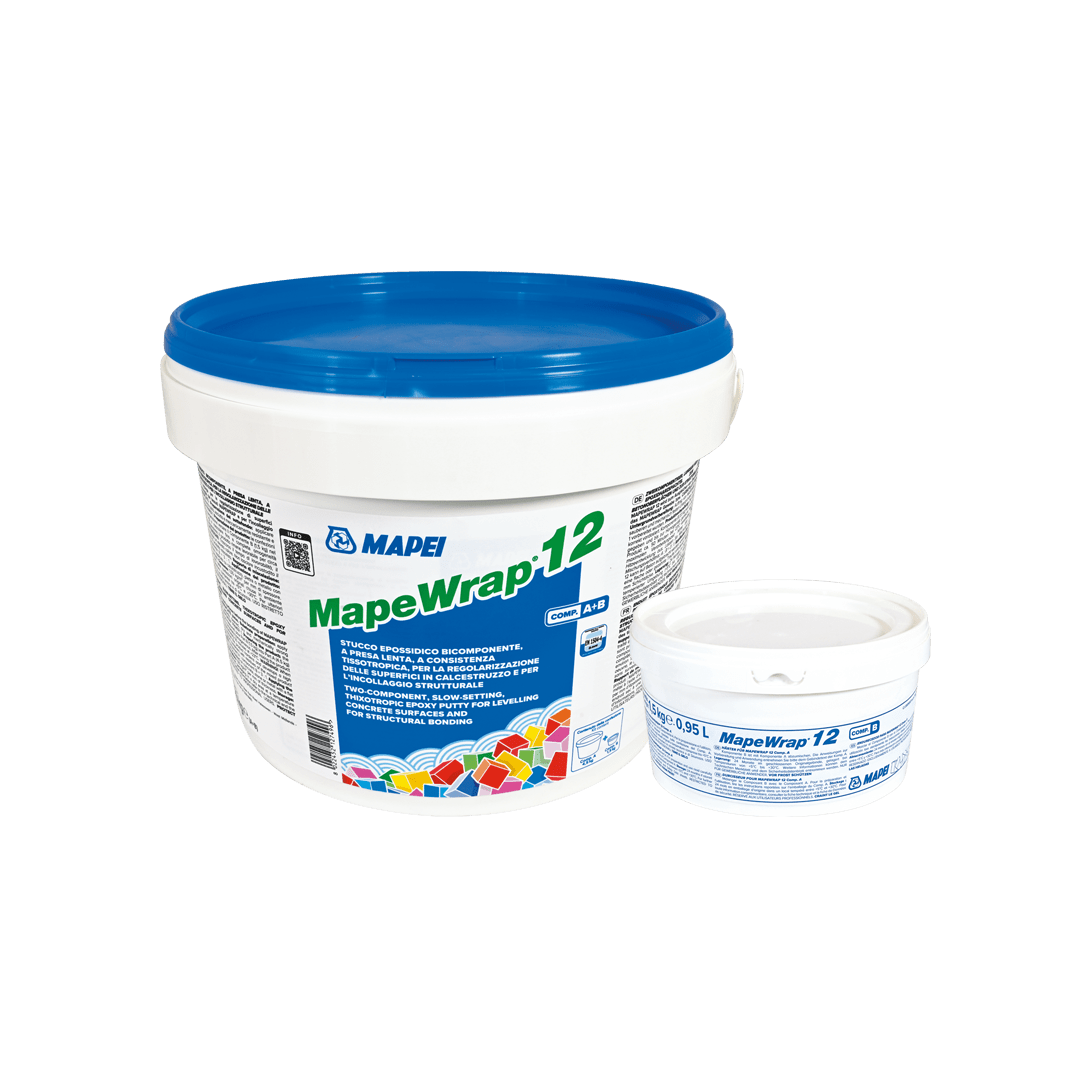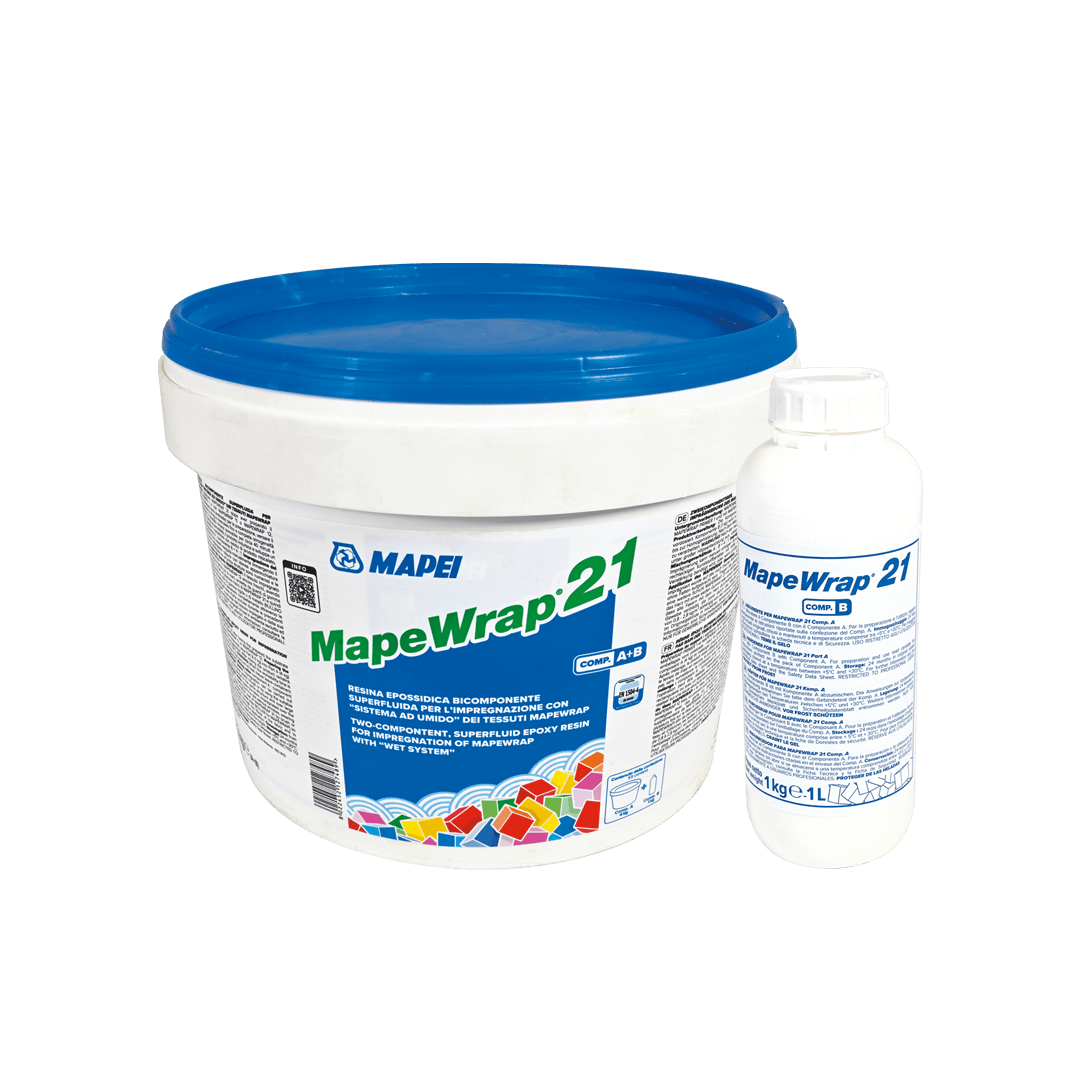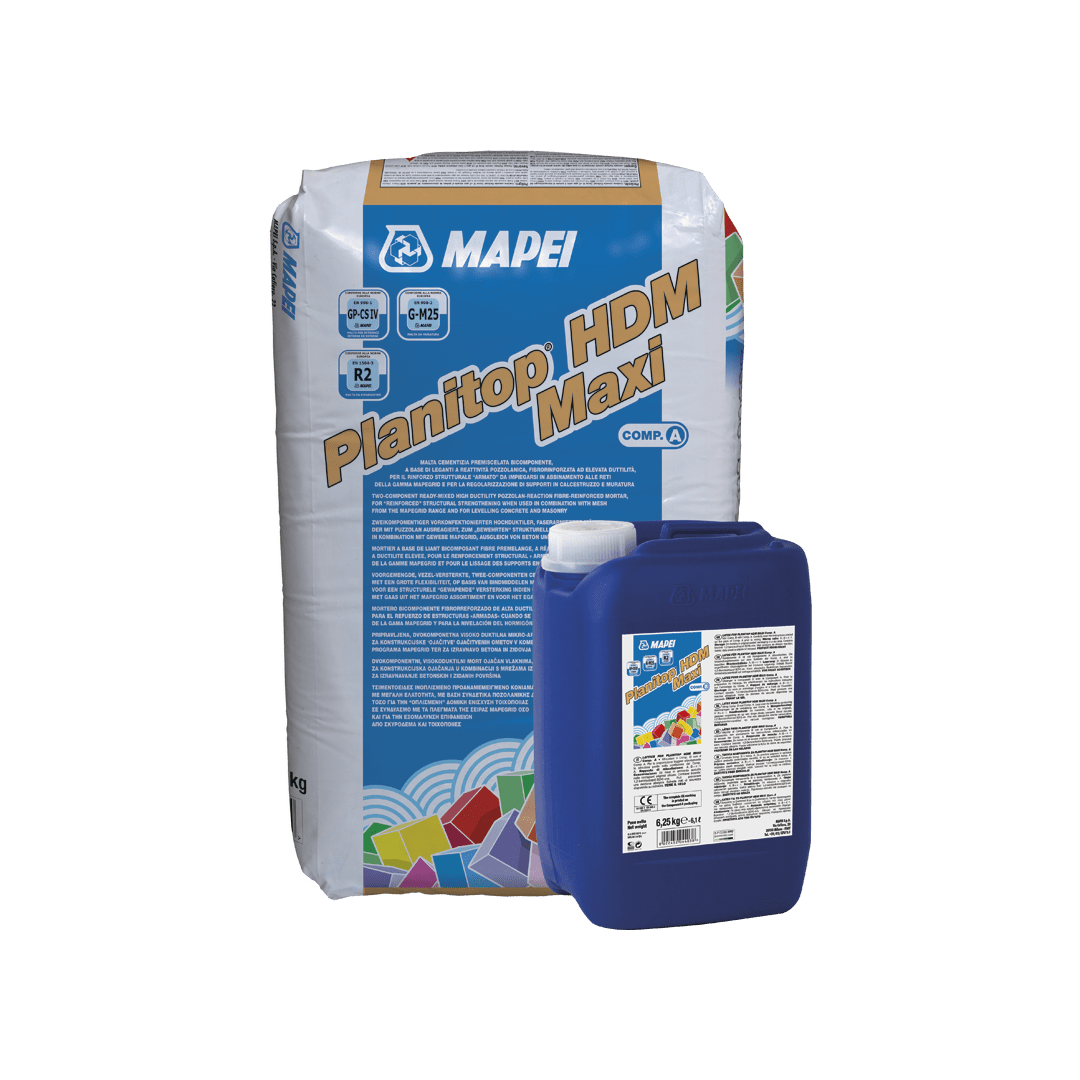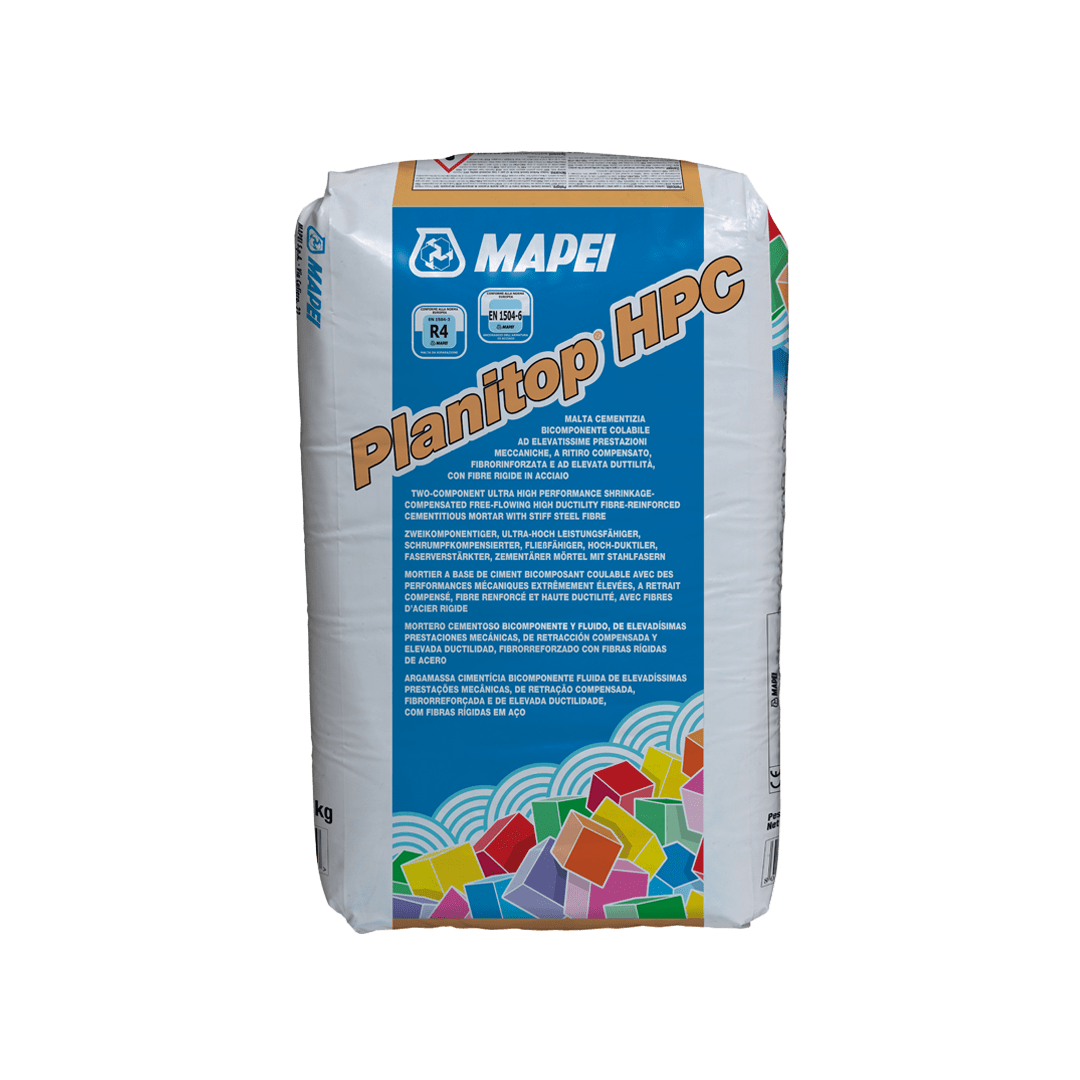

Interviews
/
4/4/2025
A FRCM solution for strengthening masonry at the Strathcona Music Building at McGill University
Elizabeth Darveau, the structural engineer who lead the strengthening works, describes the advantages of the Mapei system based on a Fibre-Reinforced Cementitious Matrix (FRCM)
The structural strengthening intervention was carried out on a site intended for educational and cultural activities; how did this affect the work?
The Strathcona Music Building, part of McGill University, houses the Schulich School of Music and Pollack Hall. Due to the academic calendar, we were only able to operate the construction site from May to August, which resulted in a compressed and restrictive timeline. Although classes were not in session during the summer, the building had to remain accessible for students and faculty.
Additionally, since the building's users produce a significant amount of noise while playing instruments, relocating them to another facility was not a viable option. Finally, given the importance of sound quality for the building’s users, the noise from the construction site created a difficult environment for everyone to share.
A further challenge was the presence of numerous large and delicate instruments in every classroom and office, including pianos, grand pianos, harps, and organs. These instruments needed to remain in place and be carefully protected throughout the project.
As a result, the construction project has been spread over multiple summers, beginning in 2021 and still ongoing today. The logistics of the project required meticulous coordination with McGill’s project management team and needed approval from the building director at each stage.
Which were the main challenges of the strengthening intervention?
One of the main challenges in the strengthening intervention was gaining access to the brick wall where the FRCM needed to be applied. The critical area was at the junction of the roof gables and the brick walls, which were often located in attic space and confined areas accessible only through small access traps. In other sections, we had to demolish plaster walls in front of the brick to install the reinforcement. To further complicate matters, the plaster was contaminated with asbestos, requiring full asbestos abatement before any work could begin. This posed a significant challenge given the tight construction timeline, ultimately resulting in some work being postponed by an entire year to avoid interfering with the academic calendar.
Why was a FRCM solution chosen?
The FRCM solution was selected because it is the most compatible solution to maintain the ductile behavior of the masonry walls and to avoid changing the failure modes (brittle failure) compared to a FRP strengthening for example. For historic buildings, the use of epoxy which is usually involved in a FRP system must be reconsidered since the failure mode occurs by the debonding with the masonry substrate causing surface deterioration. This is due to an imbalance in rigidity between both materials. Another downside to FRP is that the epoxy acts are a vapor barrier against the brick, altering the moisture property (wetting and drying cycle) of the wall. One of the greatest advantages of FRCM is that the matrix is made of cementitious mortar which has little impact on the wall’s properties addressing a key concern raised by both the architect and our building envelope team.
The strengthening system used was preferred to FRP to maintain the ductile behavior of the masonry walls

The FRCM based structural strengthening system used in this project is centered on MAPEGRID G 220 alkali-resistant, glass fibre mesh that is applied with PLANITOP HDM MAXI fibre-reinforced mortar.
What were the main advantages of using the solution supplied by Mapei?
During the preliminary study phase of this project, FRCM was identified as the ideal solution. However, upon contacting other Canadian suppliers, we discovered that this product was not available in Canada, leading us to explore FRP solutions instead. Eventually, we reached out to Mapei, who developed the FRCM technology in Europe and made the products available for the project. Mapei was able to provide us with technical support throughout the design phase, as well as during the on-site installation process with the contractor.








